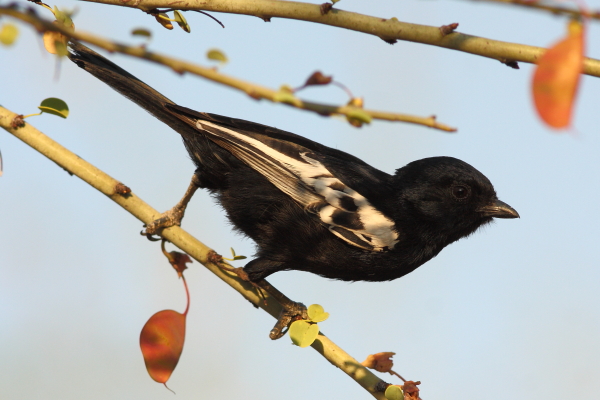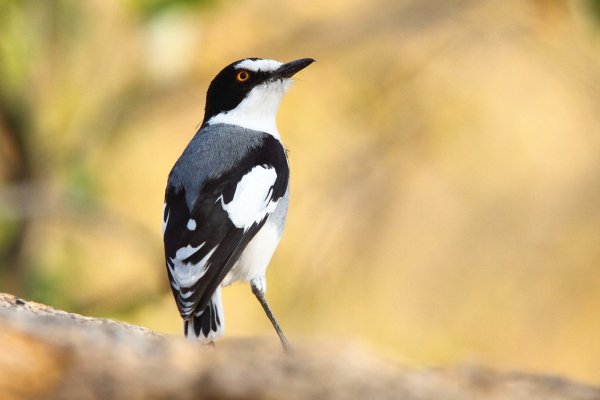
(This article first appeared on 10000birds.com)
Namibia is politically stable and a safe country to visit offering spectacular scenery, untouched wildernesses, vast game reserves, superb wildlife and fascinating cultural experiences. It has the second lowest population density (6.6 people per sq mi) of any country in the world (Mongolia has the lowest). Namibia’s 2,1 million people are spread over an incredible 318,696 sq mi (nearly 20% larger land area than Texas). The main reason for this low population density is the fact that Namibia is an extremely arid country, containing not only the world’s oldest desert, the Namib, but also vast areas of semi-desert and dry savanna. Only in the far northern border regions with Angola and Zambia, where the mighty Okavango and Zambezi Rivers flow, is the country home to higher population densities. These wide open spaces have meant that Namibia still supports large volumes of wildlife, not only in its famous and expansive game reserves, but even on unprotected land. For instance, Namibia boasts the largest population of Cheetah in the world, many of which roam land that is privately owned. Over 700 bird species occur in Namibia, many of them range-restricted and highly desirable southern arid zone species.
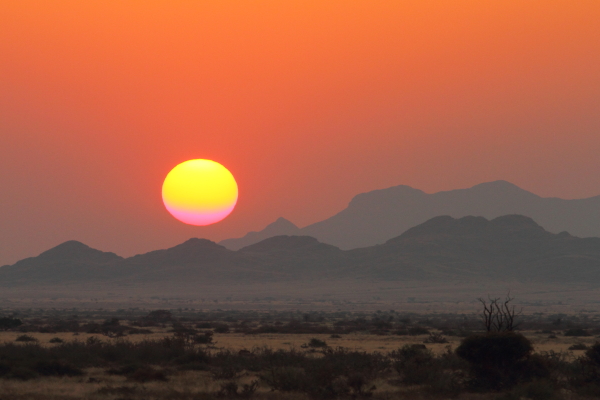
Due to the unique Namib Desert and the high central plateau, numerous birds and other forms of flora and fauna are endemic to this region. However Namibia only has one true endemic bird, the Dune Lark, due to the fact that these specialized habitats just stretch over into remote southern Angola. However, Namibia also boasts 14 near-endemics, whose ranges are almost entirely restricted to this country and these 15 special birds are the focus of this blogpost.
Hartlaub’s Francolin
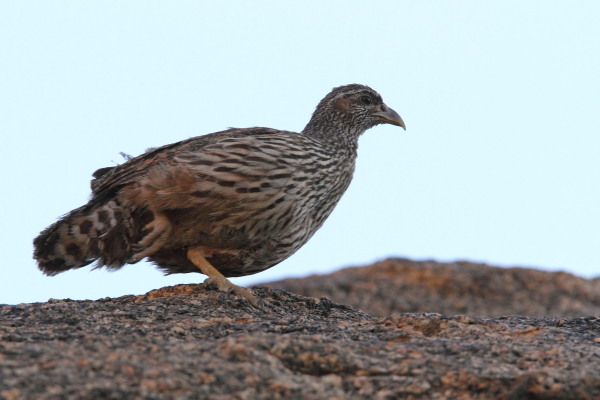
Rüppell’s Bustard
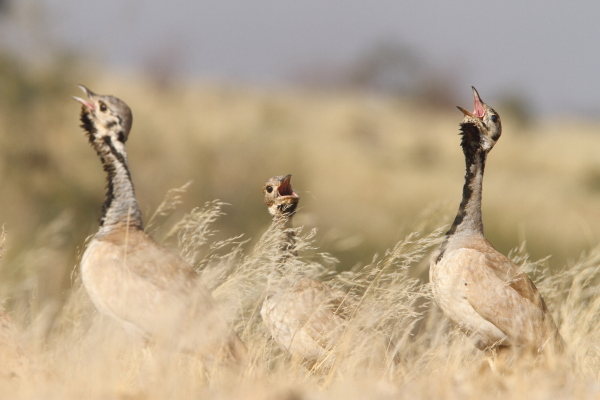
Rosy-faced Lovebird
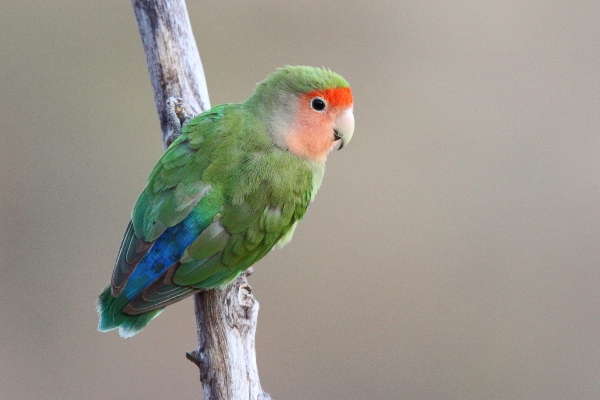
Rüppell’s Parrot
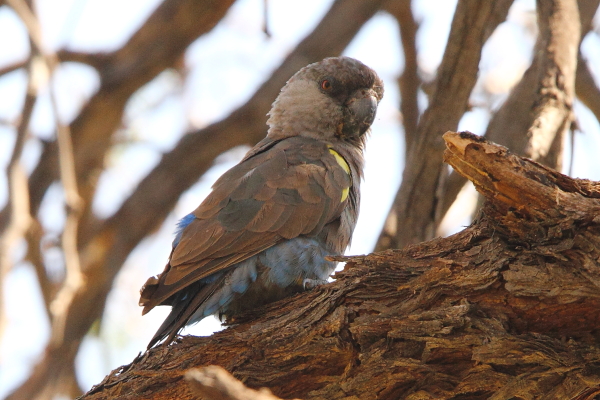
Monteiro’s Hornbill
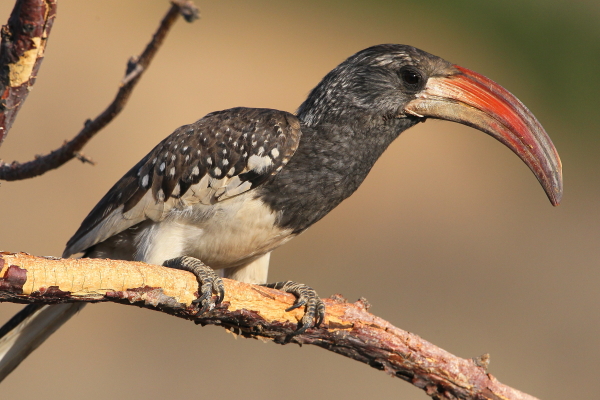
Damara Hornbill
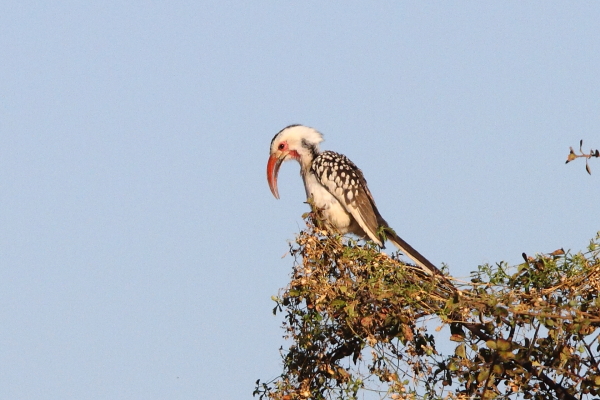
Barlow’s Lark
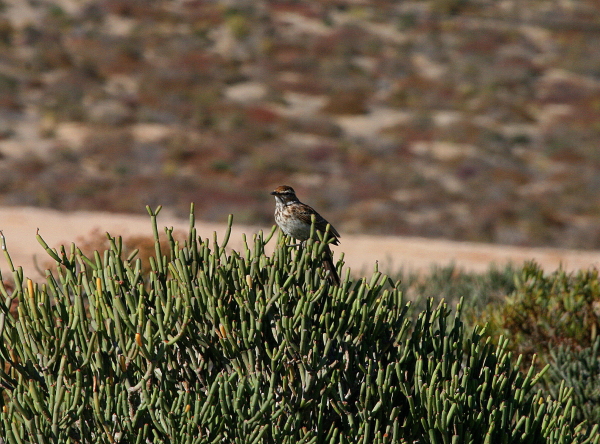
Dune Lark
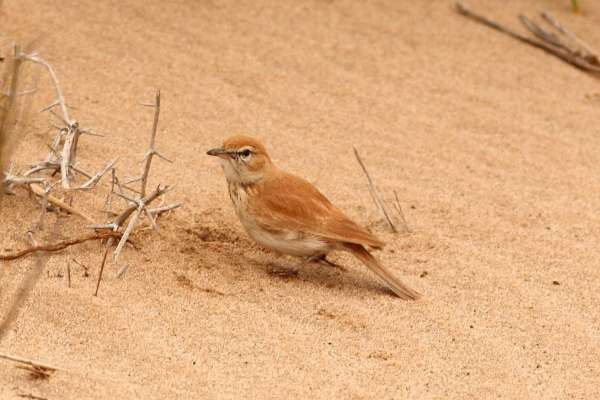
Benguella Lark
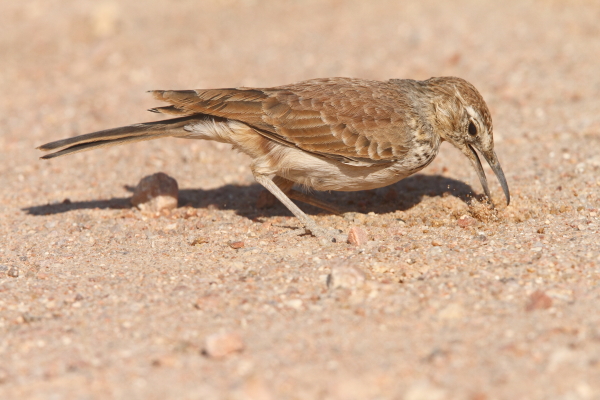
Gray’s Lark
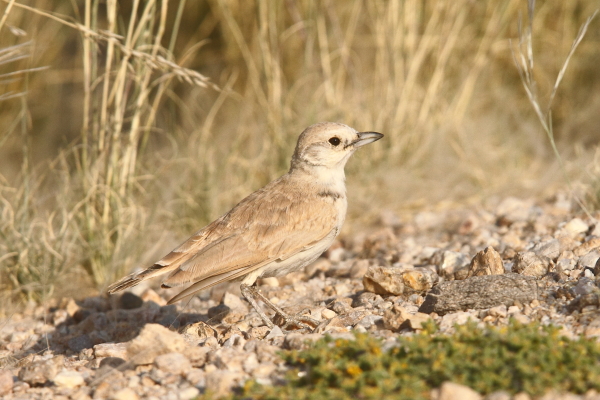
Herero Chat
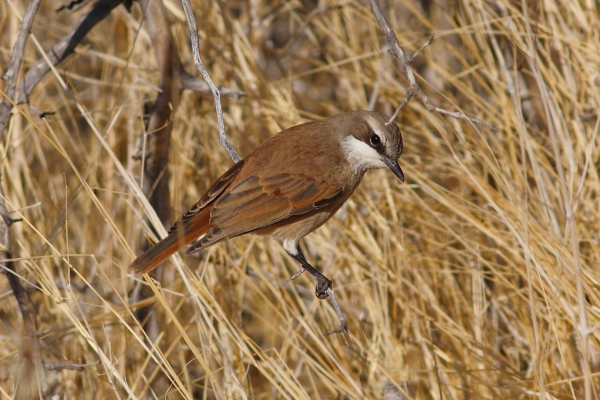
White-tailed Shrike

Rockrunner
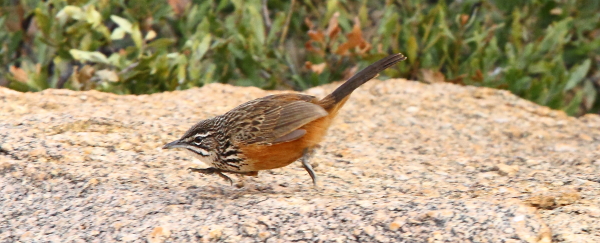
Bare-cheeked Babbler
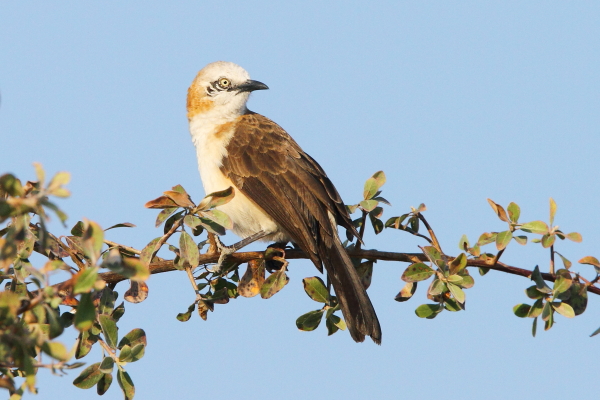
Carp’s Tit
